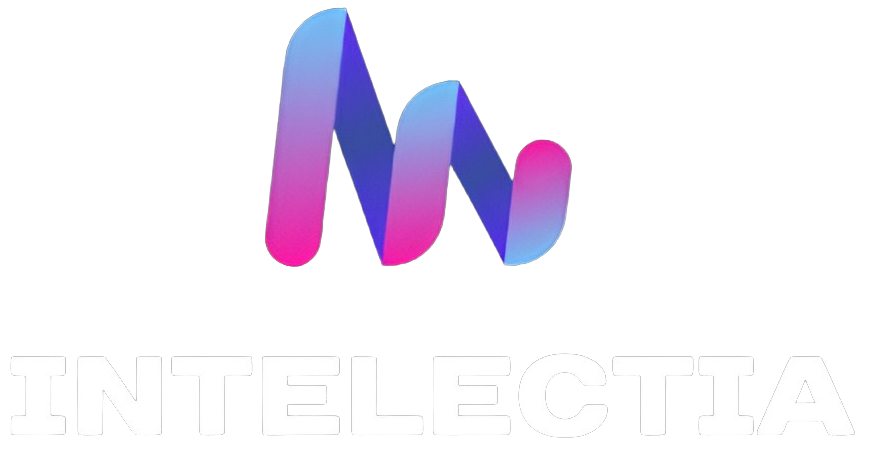Voice-to-text transcription software is increasingly becoming a cornerstone in modern educational settings. This technology converts spoken language into written text, offering significant benefits in enhancing classroom interactions, supporting students with diverse needs, and improving overall educational outcomes. In this article, we will delve into what voice-to-text transcription is, explore its various uses in education, and discuss the numerous advantages it offers to both students and educators.
Introduction to Voice-to-Text Transcription
Voice-to-text transcription refers to the technology that transforms spoken words into text using advanced voice recognition software and transcription technology. This process relies on sophisticated speech-to-text systems that analyze audio input, recognize speech patterns, and convert them into readable text.
Understanding How Voice-to-Text Transcription Works
To understand the impact of this technology, it’s important to grasp how it functions:
- Speech Recognition Software: At the core of voice-to-text transcription is speech recognition software, which uses natural language processing (NLP) and machine learning algorithms to decode spoken words. The software processes audio signals, identifies patterns, and translates them into text format with high accuracy.
- Transcription Technology: The transcription technology involves capturing spoken language through microphones or recording devices and then processing it in real-time or from recordings. Advanced systems are capable of handling various accents, dialects, and background noise, making them highly versatile for educational environments.
- Educational Applications: In education, this technology is implemented through various classroom technology tools, including software applications and integrated systems, that facilitate digital note-taking and enhance student accessibility.
Uses of Voice-to-Text Transcription in Education
Voice-to-text transcription software has a wide array of applications in education, transforming how information is delivered, accessed, and utilized. Here are some key uses:
- Enhancing Classroom Technology with Speech-to-Text Tools
Voice-to-text transcription is a powerful addition to classroom technology. It enables real-time transcription of lectures, discussions, and presentations, providing students with immediate access to written versions of spoken content. This can be particularly beneficial in:
– Lecture Transcription: Teachers can use voice-to-text software to automatically generate transcripts of lectures, which students can refer to later for review and study.
– Interactive Learning: Students can interact with speech-to-text systems during discussions and group activities, where their verbal contributions are recorded and transcribed instantly, fostering a more inclusive and dynamic learning environment.
- Supporting Inclusive Education and Student Accessibility
One of the most impactful uses of voice-to-text transcription in education is its role in promoting inclusive education and enhancing student accessibility. For students with disabilities or learning challenges, this technology offers:
– Assistance for Students with Learning Disabilities: Students with conditions like dyslexia or ADHD can benefit from the ability to receive and review transcribed text, which helps them better comprehend and retain information.
– Support for Students with Hearing Impairments: Real-time transcription of spoken content provides an essential service for students with hearing impairments, allowing them to follow lectures and participate in classroom activities more effectively.
- Improving Digital Note-Taking and Learning Efficiency
Digital note-taking is another significant application of voice-to-text transcription. This technology enhances learning efficiency by:
– Time-Saving Technology: Automating the note-taking process allows students to focus more on understanding and engaging with the material rather than manually transcribing notes. This saves time and reduces the cognitive load associated with traditional note-taking methods.
– Enhanced Learning Outcomes: By providing accurate and comprehensive transcriptions of classroom content, students can study more efficiently, leading to improved academic performance and deeper understanding of the subject matter.
Advantages of Voice-to-Text Transcription in Education
Voice-to-text transcription software offers numerous advantages that significantly enhance educational experiences and outcomes. Here are some key benefits:
- Accessibility and Inclusivity
One of the most compelling advantages of voice-to-text transcription is its ability to improve accessibility in education. By providing written versions of spoken content, this technology ensures that all students, regardless of their learning needs, have equal access to educational materials.
– Support for Diverse Learners: The technology caters to students with various disabilities, including visual impairments, hearing impairments, and learning disabilities, by offering them tailored ways to engage with educational content.
– Enhanced Participation: Inclusive features of voice-to-text software promote greater participation in classroom activities and discussions, helping to create a more equitable learning environment.
- Efficiency in Learning and Teaching
The use of voice-to-text transcription in educational settings greatly contributes to learning efficiency and teaching productivity:
– Streamlined Note-Taking: Students and teachers can save significant amounts of time with automatic transcription, allowing them to focus more on content and less on the mechanics of note-taking.
– Real-Time Feedback: Teachers can provide timely feedback based on the transcribed text, helping students address issues and misunderstandings promptly.
- Personalized Learning Experience
Voice-to-text technology facilitates personalized learning by enabling students to engage with material in ways that suit their individual learning preferences:
– Customized Study Tools: Students can use transcribed notes to create personalized study guides, summaries, and review materials, enhancing their ability to study effectively.
– Adaptive Learning: The technology supports adaptive learning environments where students can interact with content using voice commands, receive instant feedback, and access resources tailored to their specific needs.
- Improved Student Success
The benefits of voice-to-text transcription extend to student success:
– Enhanced Understanding: By providing accurate and readily accessible transcripts, students can better understand and retain course material, leading to improved academic performance.
– Increased Engagement: With less time spent on manual note-taking, students are more engaged in class activities and discussions, which contributes to a more enriching educational experience.
In conclusion, Voice-to-text transcription software is transforming education by enhancing classroom technology, supporting inclusive education, and improving learning efficiency. The technology’s ability to convert spoken language into text not only makes educational content more accessible but also streamlines note-taking and fosters a more engaging learning environment.
The various applications and advantages of voice-to-text transcription illustrate its potential to improve educational outcomes and support diverse learning needs. As this technology continues to advance, its role in education is likely to expand, offering even more opportunities for enhancing teaching and learning experiences. By integrating voice-to-text transcription into educational practices, institutions can create more inclusive, efficient, and effective learning environments for all students.
Do you want to implement a smart voice processing system based on Artificial Intelligence?
At Intelectia we can offer you the security of having an Intelligent Voice Processing system so that your company can improve its quality of work.
On the other hand, we also offer Intelligent Document Processing with OCR services for all types of companies.
Do not hesitate to contact us, or book a meeting and we will help you in everything that is in our hands.

